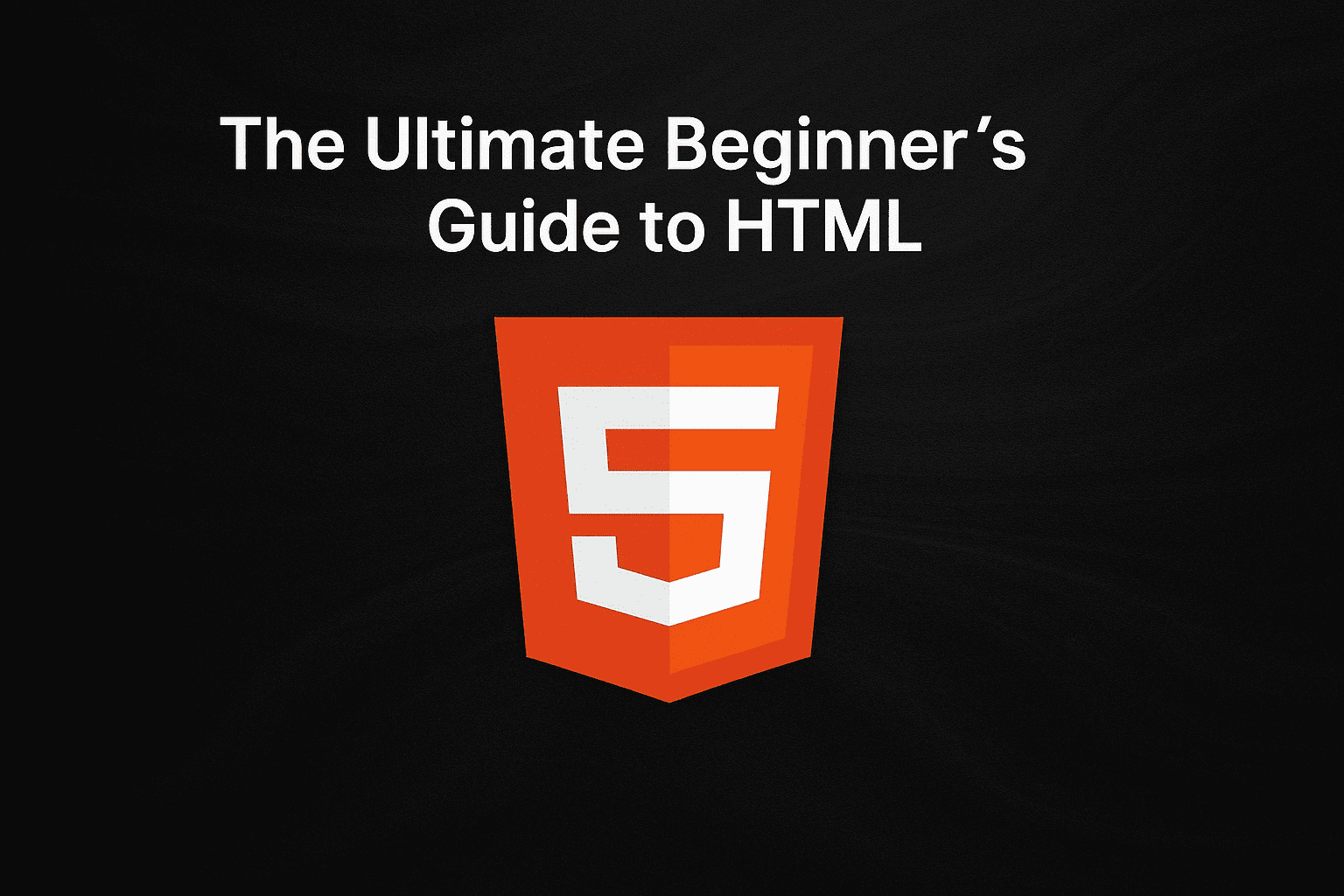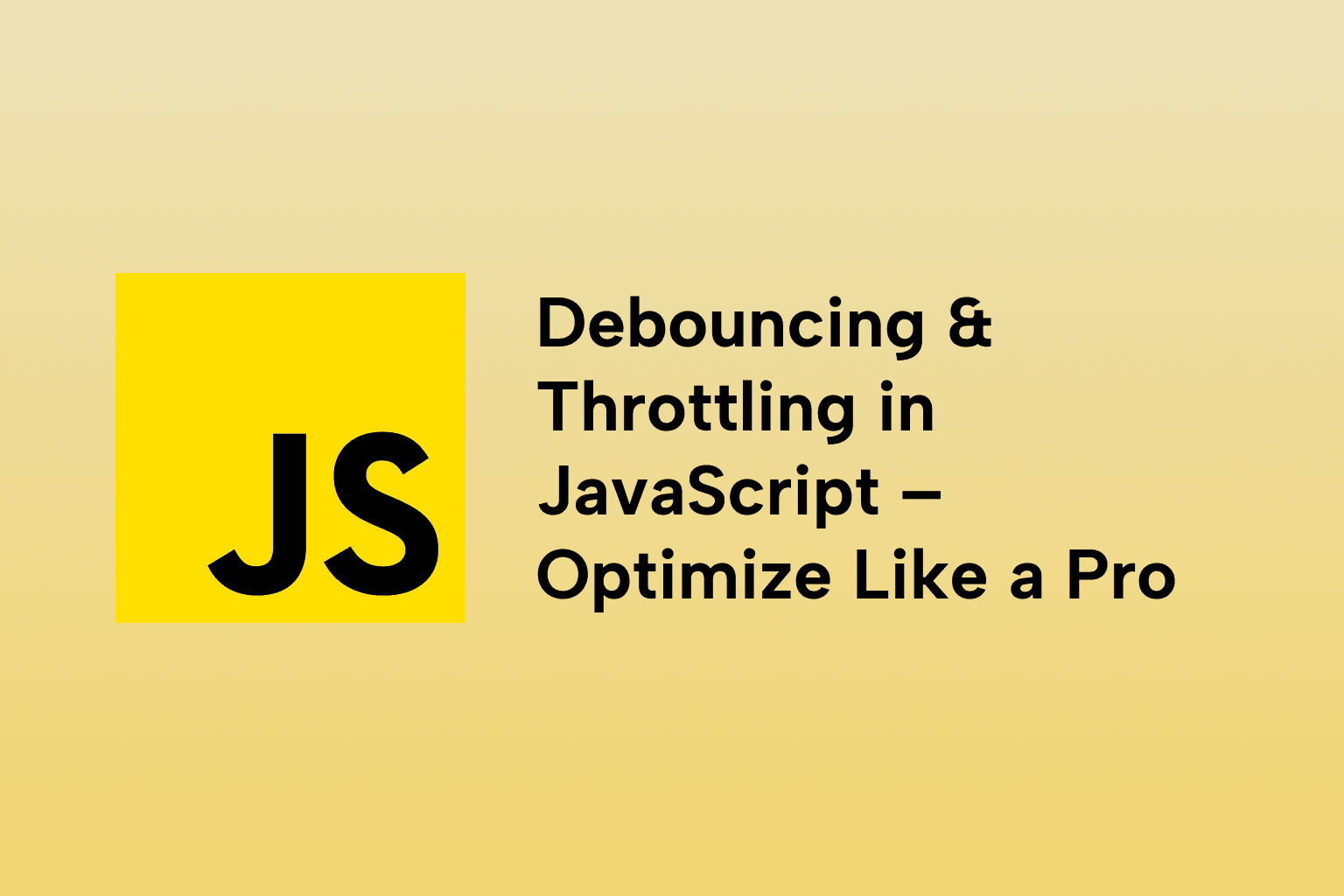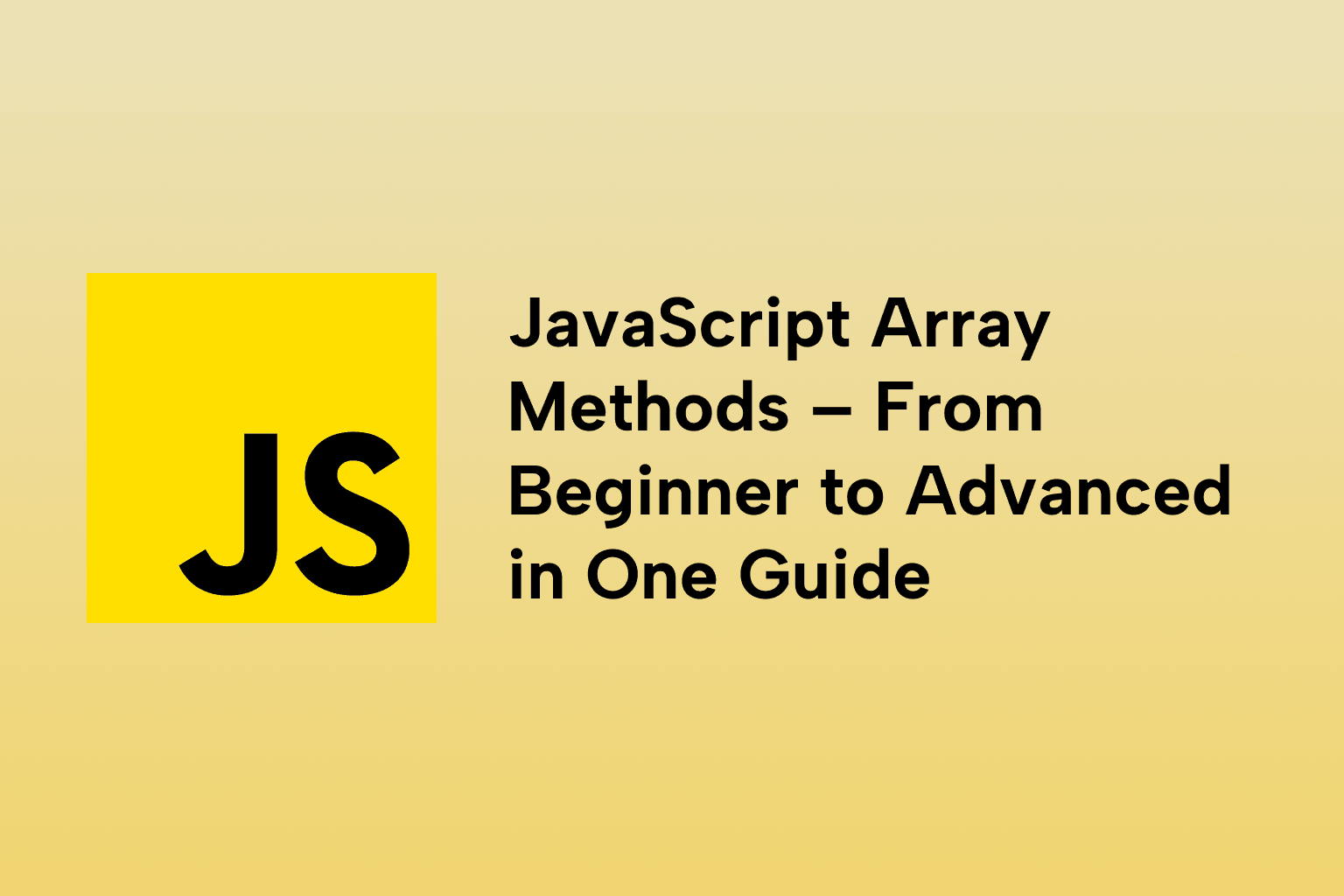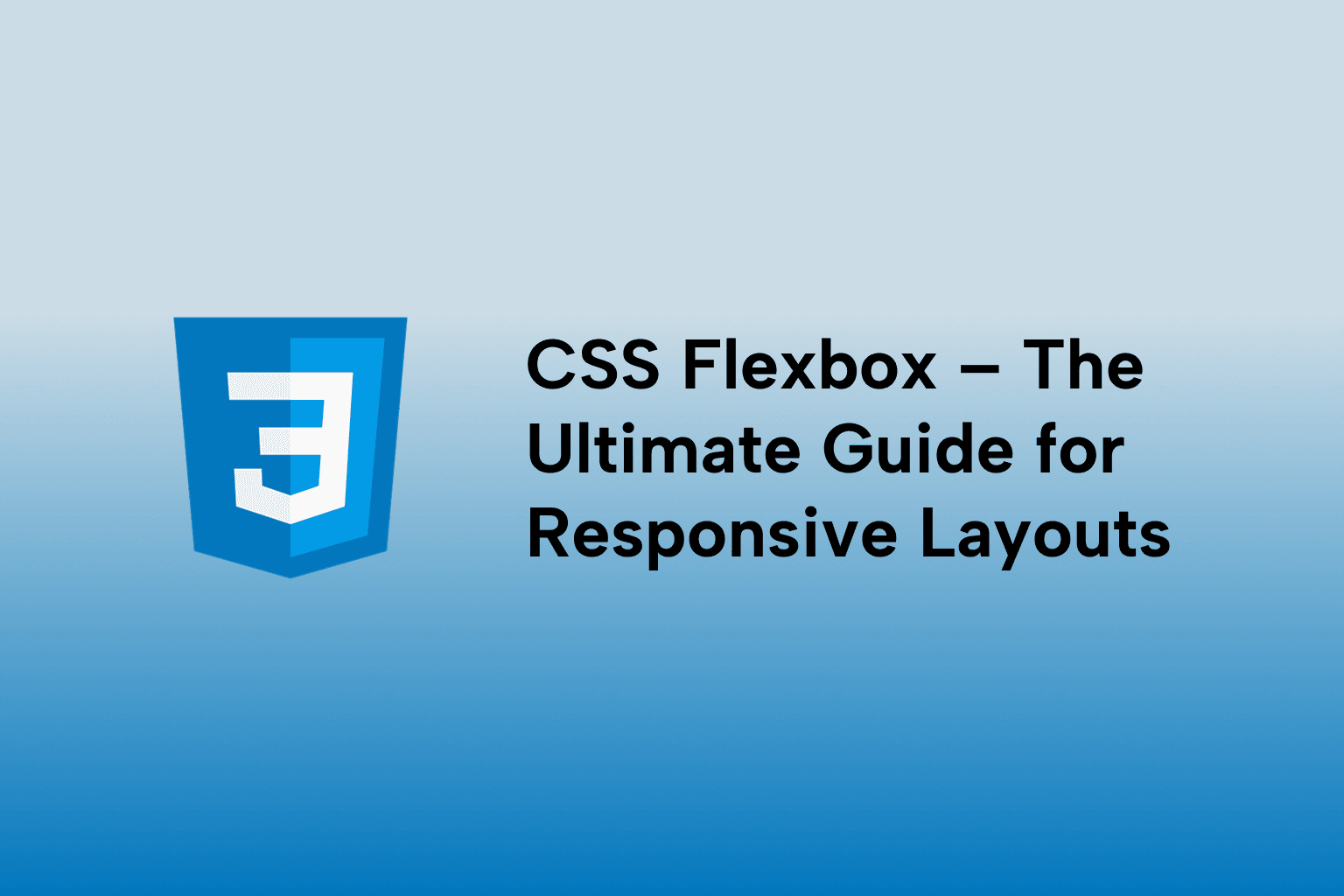The Ultimate Beginner’s Guide to HTML
 Mark Haverbeke
Mark Haverbeke
TABLE OF CONTENTS
Introduction
1 . What is HTML and Why It Matters
2 . HTML Document Structure
Key Components:
4 . Common Tags You Must Know
4 . Attributes and How They Work
5 . Semantic HTML Elements
6 . Best Practices and Accessibility Basics
Conclusion
Introduction
HTML (HyperText Markup Language) is the backbone of every website. It structures content, creates order, and communicates meaning to browsers and assistive technologies. Whether you're starting your coding journey or brushing up on the fundamentals, this guide will walk you through everything a beginner should know to master HTML in 2025.
1 . What is HTML and Why It Matters
HTML is a markup language, not a programming language. It defines the structure of web pages using elements enclosed in tags. Browsers interpret these tags to display content such as text, images, and links. Understanding HTML is essential for anyone working in web design, development, or content management.
2 . HTML Document Structure
Every HTML document starts with a basic structure:
<!DOCTYPE html>
<html lang="en">
<head>
<meta charset="UTF-8" />
<meta name="viewport" content="width=device-width, initial-scale=1.0" />
<title>Your Website Title</title>
</head>
<body>
<!-- Your content goes here -->
</body>
</html>
Key Components:
<!DOCTYPE html>: Declares the document type (HTML5).<html>: Root element of the document.<head>: Contains metadata (not visible on the page).<body>: Contains all visible content.
4 . Common Tags You Must Know
Headings
<h1>Heading 1</h1>
<h2>Heading 2</h2>
...
<h6>Heading 6</h6>
Paragraphs
<p>This is a paragraph of text.</p>
Lists
<ul>
<li>Unordered list item</li>
</ul>
<ol>
<li>Ordered list item</li>
</ol>
Links
<a href="https://example.com">Visit Example</a>
Images
<img src="image.jpg" alt="A descriptive text" />
4 . Attributes and How They Work
Attributes provide additional information about HTML elements. They always appear in the opening tag and usually come in name/value pairs like name="value".
Examples:
- href in
<a>defines the link destination. - src and alt in
<img>define the image source and alt text. class,id,style, andtitleare common across multiple elements.
<a href="page.html" target="_blank" title="Opens in new tab">Learn More</a>
5 . Semantic HTML Elements
Semantic tags help define the meaning of the content they contain, improving SEO and accessibility.
Common Semantic Elements:
<article>: Independent content block<section>: Thematic grouping of content<nav>: Navigation links<aside>: Sidebar content<header> / <footer>: Page or section headers/footers<main>: Main content of the document
<article>
<h2>Blog Title</h2>
<p>Blog content goes here...</p>
</article>
6 . Best Practices and Accessibility Basics
- Use semantic tags for clarity and structure.
- Always include alt attributes for images.
- Use heading levels properly (h1 to h6) to maintain a logical hierarchy.
- Avoid using deprecated tags like center tag or font tag.
- Test your site with screen readers to improve accessibility.
- Validate your HTML using W3C Validator.
Conclusion
HTML is the foundation of web development. By mastering its structure, semantics, and best practices, you build a solid base for learning CSS, JavaScript, and beyond. As the web evolves, having clean, accessible, and semantic HTML remains more important than ever.

Mark Haverbeke
Senior Frontend Engineer
Mark is a passionate software developer and author with expertise in JavaScript and Python. He enjoys simplifying complex programming concepts and sharing practical coding tips.



